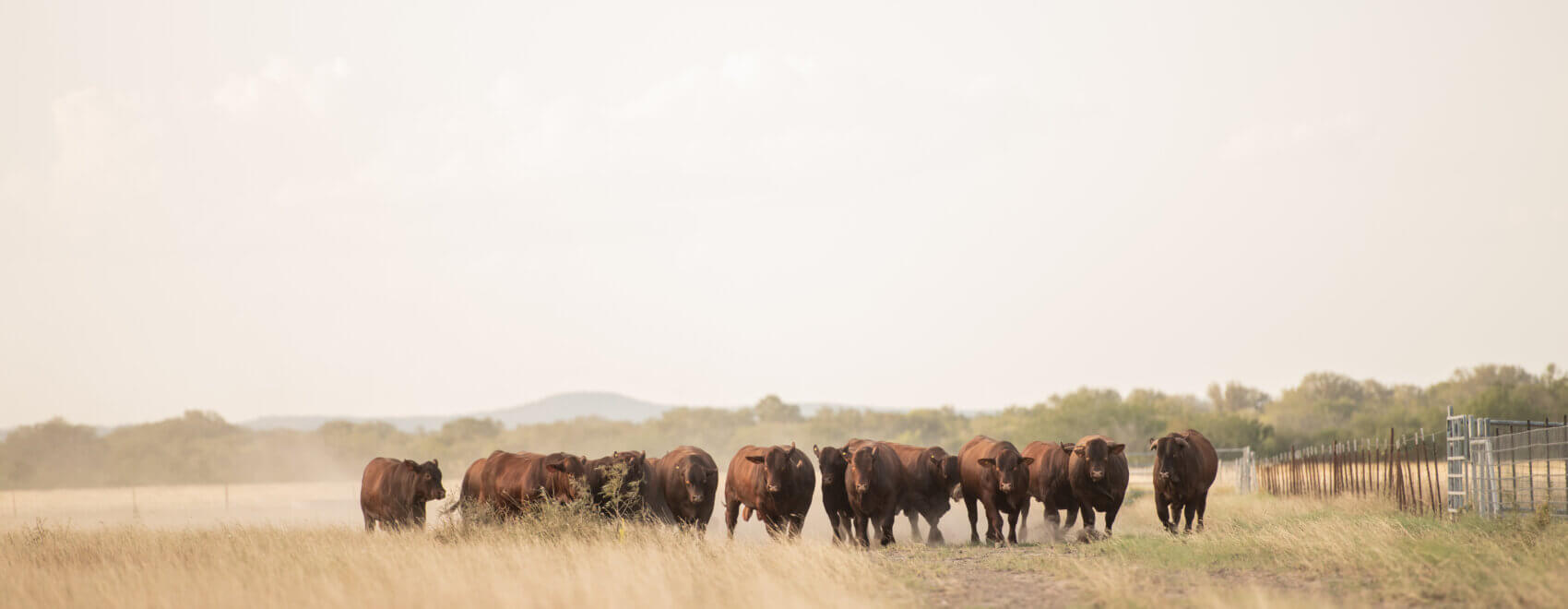How to select a bull battery with frame score, efficiency, longevity and performance in mind.
Story and photos by Kayla Jennings
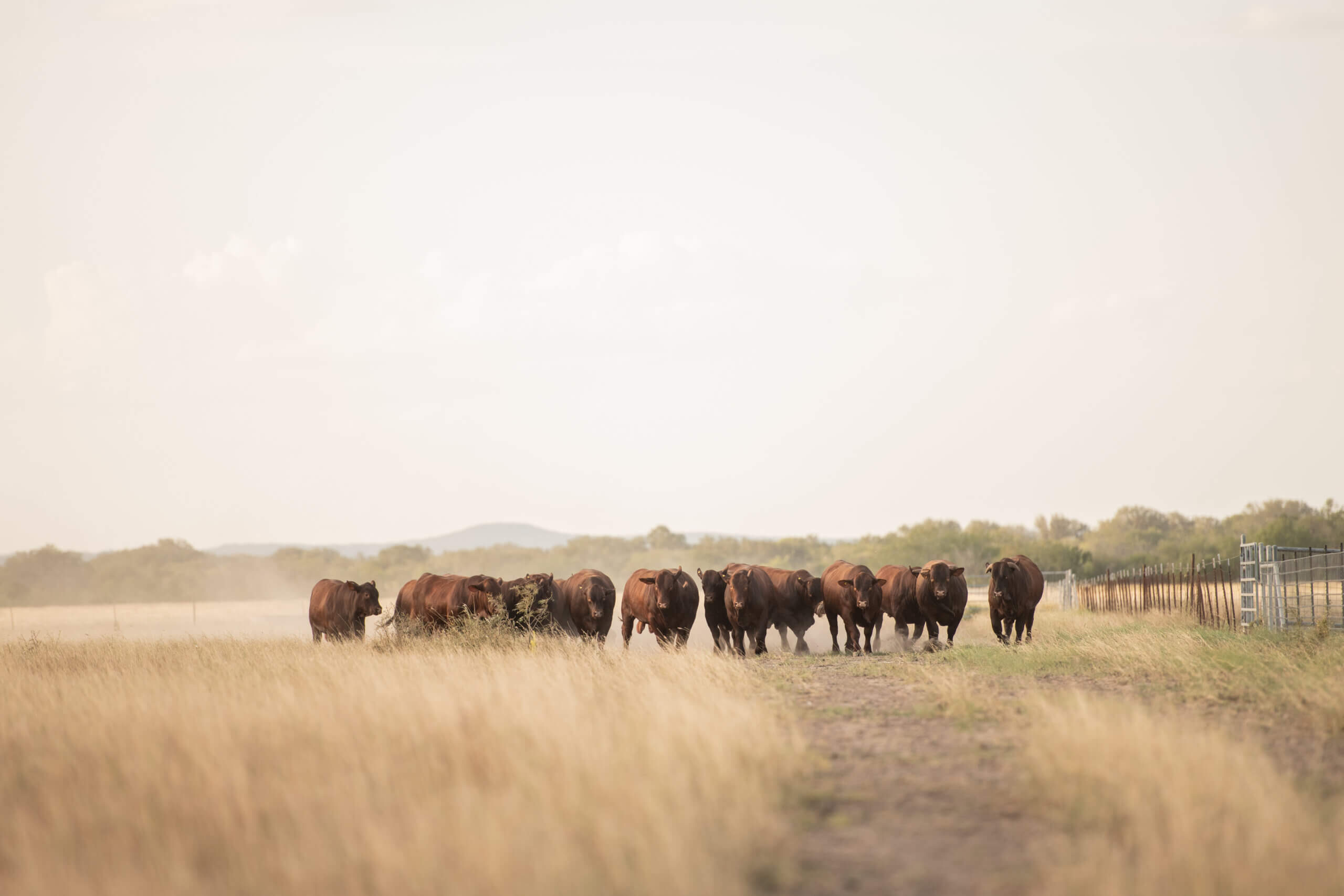
An unmistakable crispness fills the air each morning, a welcome reprieve from the scorching summers in the Southwest.
For some, trees are turning spectacular hues of gold and yellow. Spring-born weaned calves are developing well, and the fall calving season is coming to a close.
The last sure indicator of fall for cattle raisers is a coffee table scattered with bull sale catalogs, an office computer lit up with comparisons of expected progeny differences and a notebook full of lot numbers to watch in upcoming sales.
It is official. The search is on for the next herd bull.
Those who have taken advantage of artificial insemination are not immune to the hunt either. No matter how cattle get bred, time studying the bull prospect and how he fits the ranch’s goals is essential.
“You’ve got to take your time and breed for the future,” says Kade Thigpen, manager of Hefte Ranch. “Whether you’re a commercial producer taking cattle all the way through, selling calves right off the cow or raising registered cattle, you’ve got to know who you are.”
Balancing act
Just past the rolling hills of Central Texas and into the South Texas brush country, Thigpen has managed Hefte Ranch’s Hondo division for more than a decade.
Since 1970, the seedstock Santa Gertrudis operation has been in the business of supplying bulls to area ranchers and beyond.
For Thigpen and the Hefte family, selecting balanced cattle by considering structural soundness, fertility, growth and adaptability ensures overall productivity and long-term sustainability of the herd.
“We decided about eight years ago that we wanted to produce the best all-around cattle that we could,” Thigpen says. “That’s when we started breeding intentionally for balanced animals.”
To that end, Hefte Ranch has selected for cattle with sound EPD profiles, as well as phenotypic traits important to longevity and long-term profitability. By incorporating genomic testing along with physical evaluation, they identify cattle with high average daily gain, low feed conversation and high yearling weights — all within a moderate frame.
“We are in a spot where our cattle need to be as efficient as possible,” Thigpen says. “I need them to grow and gain weight, but do it in a smaller frame and do it faster.”
A couple hundred miles farther south, Jason Sawyer, Ph.D., East Foundation chief science officer, shares the same sentiment. Sawyer’s responsibilities span scientific programs and research integration into the foundation’s ranching operations.
The East Foundation is a 100% range cow-calf operation that retains their own replacements. For this reason, bull selection is even more valuable as those genetics will have influence over the herd for years to come.
“We want bulls that are moderate frame, with a balance of EPDs that maintain growth but emphasize maternal reproduction,” he explains. “Our first priority is to continuously improve our cows and their fitness for our conditions, balanced with production of a desirable calf in the marketplace.”
More is more
In addition to Sawyer’s current role with East Foundation, his career path has offered a variety of experiences within Extension programs and research. He is acutely aware of what many commercial cow-calf producers are after — pounds.
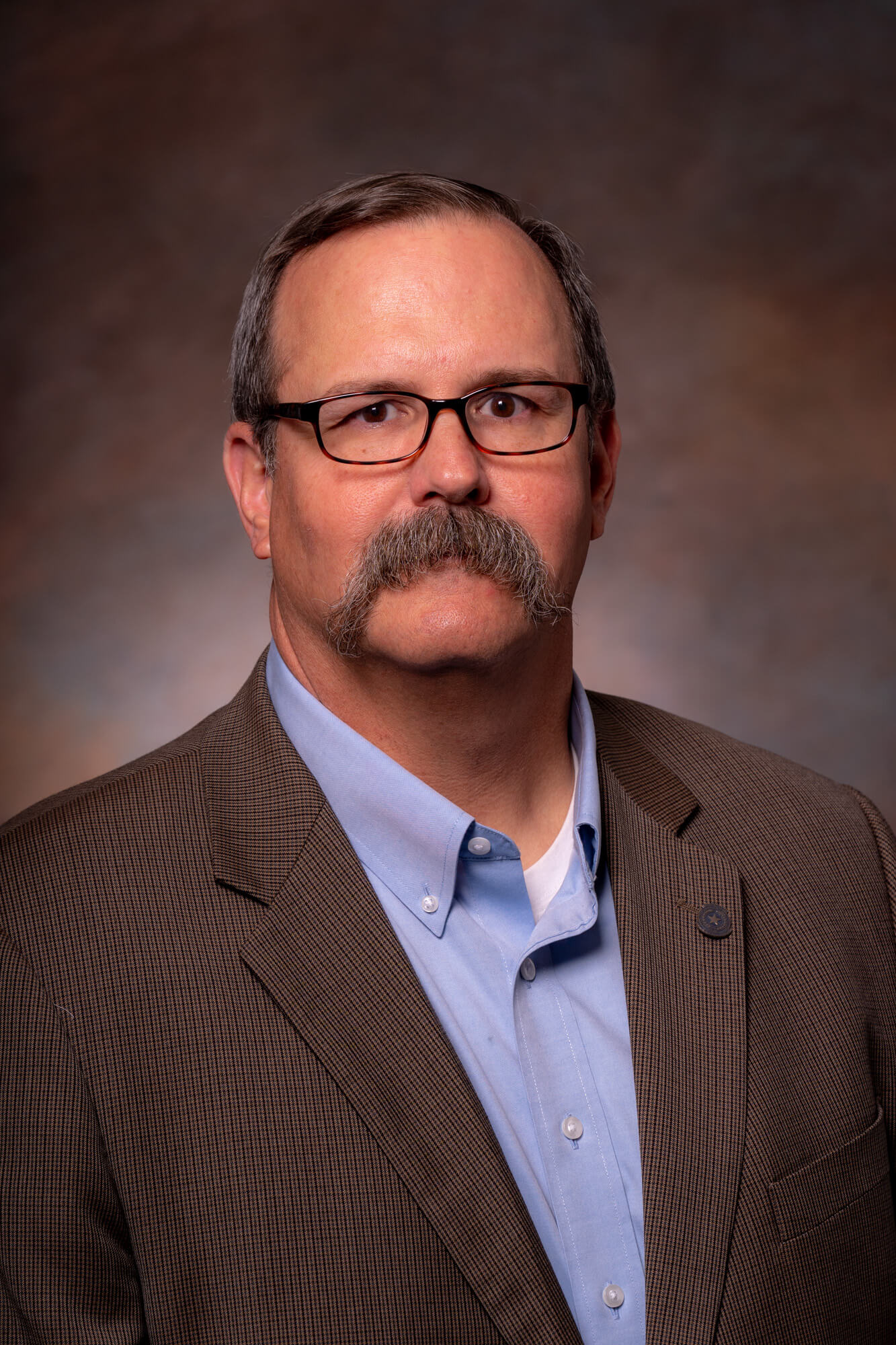
“The revenue-maximizing strategy might be to seek larger weaning weights, and this is correlated with frame size,” Sawyer says. “This might not be the profit-maximizing strategy in all cases, but in the absence of strong cost-of-production data, it can be the fallback decision.”
This seems to be true for many of Thigpen’s customers as well. While seedstock ranches approaching him for bulls may have varying goals, he finds commercial producers are often seeking enhanced performance to fit their management plan.
After all, Sawyer says research shows at the same placement weight, larger-framed animals are expected to have greater average daily gain, and typically this results in better feed conversion and a lower unit cost of gain in the feeding period.
On the other hand, selecting large-framed cattle to an extreme has its faults.
“Later maturing and larger mature size means that these cattle typically require more total feed and days on feed to achieve a desired body composition and carcass,” Sawyer explains. “Another risk is that as frame size gets very large, the upper limits acceptable for processing may be exceeded before carcass maturity and fatness levels are achieved.”
In contrast, Sawyer and Thigpen agree moderately framed cows are often viewed as more efficient from a resource perspective, as their annual maintenance requirements are typically lower on a per-head basis.
“We’ve been selecting cattle to still have the yearling weight and average daily gain, but in that smaller frame score,” Thigpen says. “Our customers have really appreciated it. The cattle grow quicker, they’re done growing sooner, and the bulls tend to hold together better for longer as they reach 2 and 3 years old.”
What Thigpen has learned over time is when larger-framed bulls fall apart after a breeding season, it can be because they weren’t done growing at the time of turnout. In other words, they hadn’t grown into their large frame, so their energy was spread too thin as they were covering cows and reaching maturity in tandem.
That problem has become a thing of the past by moderating the mature size of the bulls.
“When I pull them off of cows, they still look like bulls,” he says. “They’re held together, and I don’t have to feed them. So, we’re not spending as much time and money on those bulls getting them prepared for the next breeding season.”
Sawyer says research backs this claim for female contemporaries, as well.
Since moderately framed cattle also tend to reach physical and sexual maturity at an earlier age, reproduction in heifers is often hastened. In most systems, he says this reduces the cost of replacements and increases a cow’s lifetime productivity, both of which contribute to lifetime profitability.
“For us, moderation is the key,” Sawyer adds. “In our environment, we need to run crossbred cows with some percentage of Bos indicus influence.
“Over time, the cow herd increased in frame size as a result of this influence and selection for larger weaning weights. Now we look for moderate frame size in bulls we purchase, and aim to moderate mature size of females.”
Long-term considerations
Coming from a breed with a tendency toward larger frame scores, Thigpen has seen the cycle Sawyer describes firsthand. His experience shows moderating the herd is a slow process, but like most things that take time, it is worth doing. They have achieved this by studying EPD profiles, production records and phenotype. Armed with information, they can make sound decisions on replacement females, as well as bulls used.
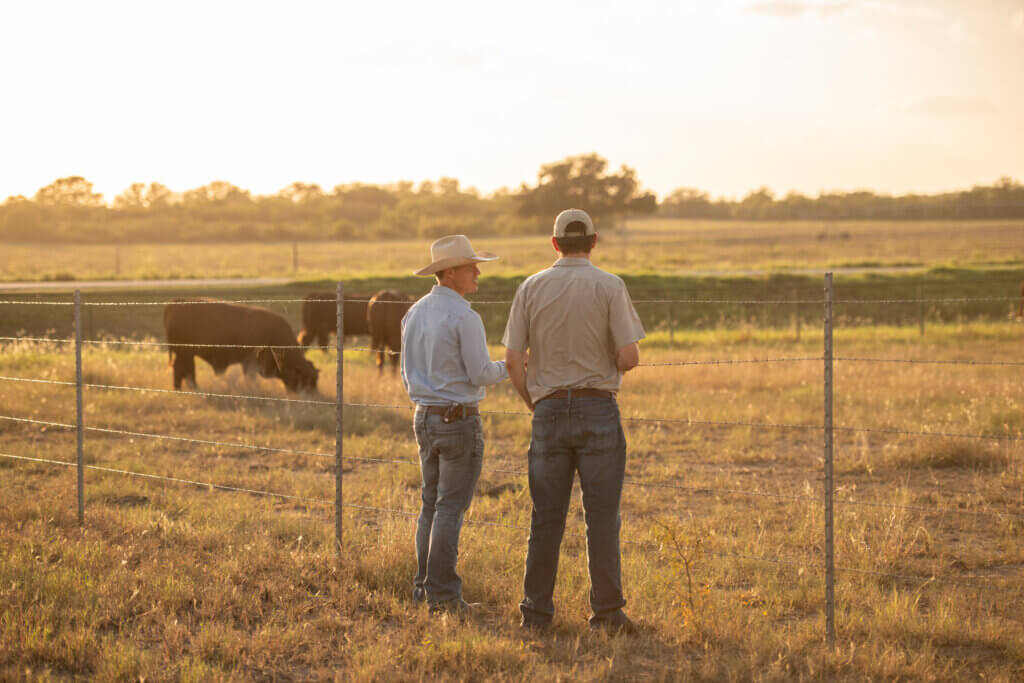
“That has helped us build consistency and get there faster,” Thigpen says. “But it’s still a long process to change an entire herd. We’re selective about the cattle we bring in because when you get smaller, you can get too refined.”
To avoid negative outcomes associated with selection for outliers, they collect DNA samples to improve the accuracy of their selection tools, namely EPDs, in addition to phenotypic data such as weight, hip height and pelvic measurements. Thigpen says they look at everything as a balance instead of simply selecting the smallest cattle in the pen.
With any decision, there are compromises. Sawyer says when cattle frames are too small there is potential for reduced weaning revenues, calving difficulties and decreased marketability of calves.
“Extremes in either direction can create problems,” Sawyer says. “Just as large-frame steers can exceed tolerance for processors, there is a lower limit of acceptable carcass weight as well. Overall production efficiency can also suffer if outputs like weaning weight or carcass weight are reduced faster than inputs like feed resources.
“Individual operators should have clear goals and make selections toward those goals, with the understanding of the tradeoffs that come with selection for growth traits or larger frame score.”
The same is true for Thigpen. By considering frame score, he saves input costs on females in production, because they simply require less to do more.
“They stay fat, and they raise a big calf,” he says. “When a cow’s priority is just raising a calf, and she’s not growing and trying to maintain a 1,500-pound frame, they tend to hold up so much better.”
Like the bull counterparts, Thigpen says he ends up spending less time and money on those cows when they’re raising a calf and when it is time to breed again.
As a result, he has seen more longevity in the herd and more calves over that cow’s lifetime.
“We have multiple cows that are 15 years old, and they’re all more moderate, well-balanced cows,” he reflects. “None of them are extreme in any specific traits, but they’re very balanced and they’ve produced many calves for us.”
To put a number to it, Thigpen requires their cows to wean calves at least 50% of their body weight. This is a statistic he believes the industry should strive toward, as well.
“We are losing so much land to development, so our business has to be as efficient as possible,” he says. “Bringing down that cow size, getting these cattle to maturity faster, getting these cows to live longer, to produce more calves, those are many things that we need to be keying in on.”
Perspective
In the end, the cornerstone of success in a cattle operation is setting clear goals and working toward them with every management decision. Assessing frame score along with other economically relevant traits is one piece of the puzzle.
“You have to know who you are because if you’re trying to do multiple things, you’re probably not going to do well,” Thigpen says. “It’s hard to move a herd overnight, and you run into a lot of issues when you do. You’ve got to take your time in breeding. You’ve got to stick with your plan.”
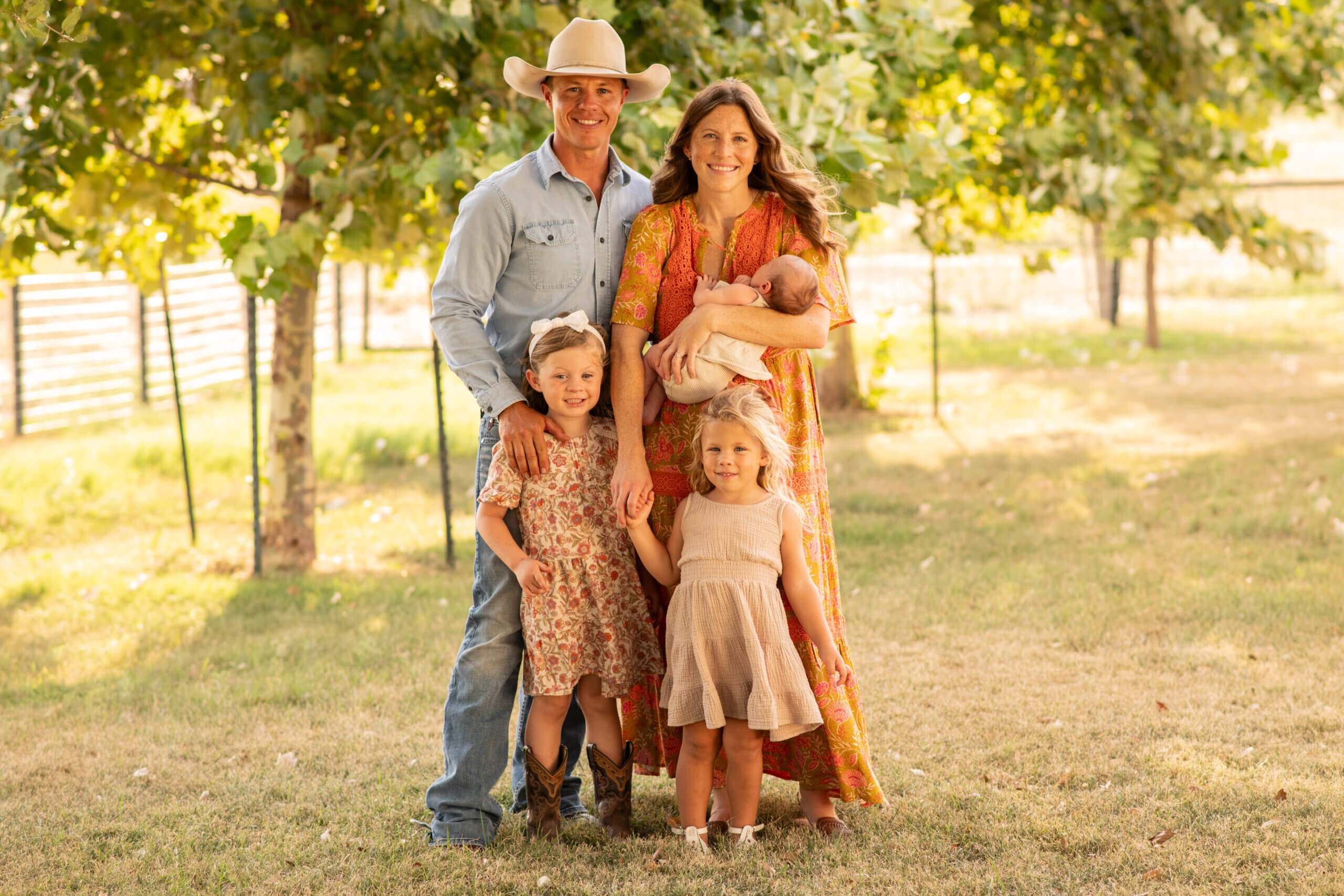
As another year passes, these ranches will do what they have always done. Their tried-and-true approach to seeking balance despite industry swings has kept them sustainable and profitable.
“Making a decision on frame size is like many decisions producers face — there is no one-size-fits-all answer,” Sawyer says. “Moderate frame size is beneficial in more extensive environments and may result in greater lifetime production efficiency for a cow herd, but there are certainly desirable benefits of larger-framed cattle in the overall production system.”
To help producers work through this conundrum, Sawyer suggests they find clarity about goals, implement cost tracking and evaluation systems, understand the relationship between frame size and other important variables in the system, and employ a mechanism to track progress with production records.
“When we have these things in place, we can make our best decisions, almost all of which require compromise somewhere,” he says. “We can also identify opportunities for adjusting our goals or systems to help us make continuous improvements.”
—-
Kayla Jennings is a freelance writer from Mason.
###
This story first appeared in the October 2024 issue of The Cattleman magazine.

